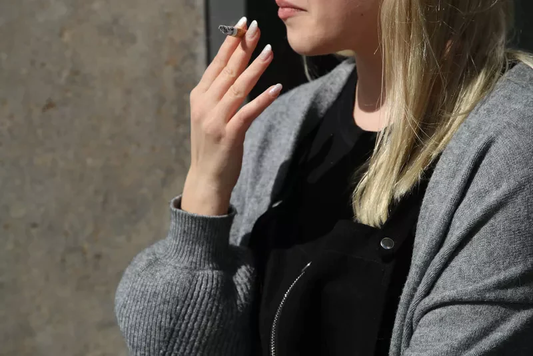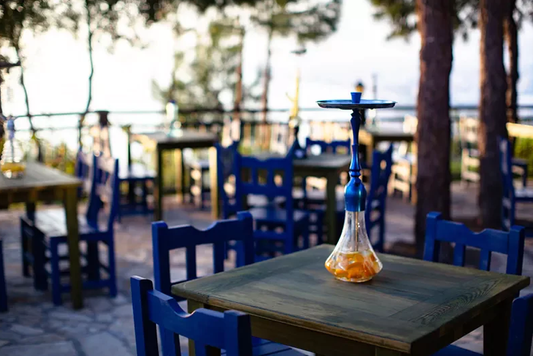Hookah lounges are commercial establishments where people gather to smoke flavored tobacco from a hookah pipe. Other names for a hookah lounge include hookah bar, hookah cafe, hookah den, and shisha bar.
What Hookah Lounges Are Like
Though not exclusively, hookah bars in the United States are commonly decorated in trendy, modern themes to appeal to young patrons. Hookah is generally smoked in small groups, so many lounges offer grouped seating with comfortable couches, benches, or even alternative seating like bean bag chairs grouped around a hookah table. Some hookah bars offer outdoor patio seating, but they are primarily indoor establishments.
Most hookah lounges offer a variety of enticing tobacco flavors, from fruity flavors like apple, mango, and cherry to herbal and spicy flavors like mint and cinnamon. The flavors make hookah appealing to both smokers and nonsmokers.
Though hookah may be the primary business for some establishments, hookah lounges can also be situated within restaurants, bars, and nightclubs, where alcohol and food are served in a social atmosphere. Some hookah bars provide entertainment from large flatscreen televisions and DJs to belly dancers and live music.
How Hookah Pipes Work
A hookah pipe is a long, glass structure. There is a tobacco chamber, filled with flavored tobacco and topped with burning charcoal. Flexible tubes are hooked up to the pipe. People who are smoking hookah hold one tube per person, using the mouthpiece on the end of the tube to inhale.
Smoke from the burning tobacco passes through a water chamber in the hookah pipe. This cools the smoke before it's inhaled. The tobacco used in a hookah is often flavored with sweeteners like molasses or honey to make it more palatable. Aside from tobacco, people may smoke tobacco-free herbal shisha (often a blend of tea leaves and honey) or marijuana using a hookah.
Hookah Lounges in the United States
While smoking bans have become more strict with increased public awareness of the dangers of tobacco smoke, hookah bars seem to be an exception as they continue to obtain indoor smoking permits. Other commercial locations that are allowed smoking permits include cigar bars and tobacco purveyors.
The first hookah lounges in the United States were coffee and tea houses that mainly served immigrant communities. Hookah was an additional offering at these establishments, not the main focus.
Hookah lounges in the United States started out in big cities like New York and Los Angeles, eventually spreading throughout the country. Other establishments quickly caught on and started offering hookah.
Health Risks Associated With Smoking Hookah
The fun atmosphere of hookah bars is a big draw for many, but there are also many who try hookah because of the common misconception that hookah is a safe way to smoke tobacco. It isn't, and some of the facts about hookah smoking may be surprising.
People who smoke hookah may inhale even more toxins than people who smoke cigarettes do. This is because a hookah pipe allows you to inhale more smoke at one time. The toxic agents in hookah smoke can potentially cause a number of health conditions including:
- Bladder cancer
- Clogged arteries
- Decreased fertility
- Esophageal cancer
- Heart disease
- Lung cancer
- Mouth irritation
- Oral cancer
- Reduced lung function
- Stomach cancer
Just as with smoking cigarettes, the babies of people who smoke hookah while pregnant are at higher risk of having a low birth weight and respiratory disease.
In one study, researchers focused on 55 healthy people with some level of hookah smoking experience in the past. Participants were asked to abstain from all tobacco use for a week. They then spent an evening smoking at a hookah bar. Urine samples were collected and tested.
Researchers found that nicotine levels after were as much as 70 times higher in people who spent one night at a hookah bar, compared to their nicotine levels before they went in.
Additionally, NNAL, which is a carcinogen that is specific to tobacco smoke, was present in participants in twice the amount as before, and volatile organic compounds (VOCs), also hazardous to breathe in, were detected in elevated amounts between 14% and 91%.





